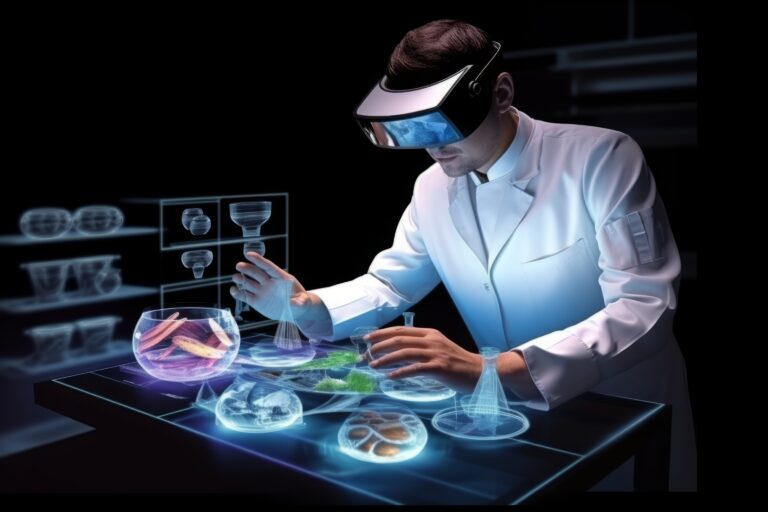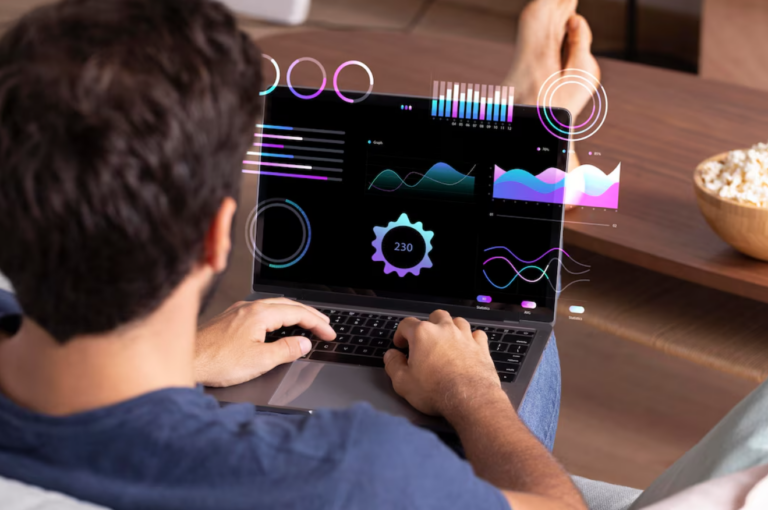The Role of Tech in Enhancing Safety
In today’s rapidly evolving world, technology plays a crucial role in enhancing safety across various domains. From our homes and workplaces to public spaces and transportation, tech innovations are making our lives safer and more secure. Let’s explore the role of technology in enhancing safety and how these advancements are protecting people and property.
Home Safety
Technology is revolutionizing home safety by providing smart solutions that offer real-time monitoring and control.
Smart Security Systems
Smart security systems, such as those offered by Ring, Nest, and ADT, are transforming home security. These systems include features like video doorbells, motion detectors, and smart locks, allowing homeowners to monitor their property remotely via smartphone apps. Real-time alerts and live video feeds help prevent break-ins and ensure quick responses to potential threats.
Fire and Carbon Monoxide Detectors
Modern fire and carbon monoxide detectors are equipped with smart technology that sends alerts directly to your phone if danger is detected. Brands like Nest Protect provide voice alerts and emergency instructions, making it easier to respond swiftly and prevent harm. These smart detectors also regularly test themselves and notify homeowners of any issues, ensuring continuous protection.
Workplace Safety
Technology is enhancing workplace safety by providing tools and systems that monitor conditions, prevent accidents, and ensure compliance with safety regulations.
Wearable Safety Devices
Wearable safety devices, such as smart helmets and vests, are designed to protect workers in hazardous environments. These devices monitor vital signs, detect dangerous conditions, and alert workers to potential risks. For example, the DAQRI Smart Helmet provides augmented reality displays that offer real-time information about the work environment, helping workers avoid hazards.
IoT and Sensor Technology
Internet of Things (IoT) devices and sensors are used to monitor workplace conditions, such as temperature, humidity, and air quality. These devices can detect gas leaks, chemical spills, or equipment malfunctions, ensuring a prompt response to prevent accidents. Systems like Honeywell’s Connected Worker Solutions integrate sensors and wearables to provide comprehensive safety monitoring and real-time data analytics.
Public Safety
Technology is playing a vital role in enhancing public safety by improving emergency response, surveillance, and crime prevention.
Emergency Response Systems
Advanced emergency response systems, such as Next-Generation 911 (NG911), use technology to improve the efficiency and accuracy of emergency services. NG911 allows people to send texts, images, and videos to emergency operators, providing more detailed information about the situation. GPS technology also helps emergency responders locate callers more precisely, reducing response times and potentially saving lives.
Surveillance and Security Cameras
Modern surveillance systems use high-definition cameras, facial recognition, and AI-powered analytics to monitor public spaces and detect suspicious activities. These systems enhance security in areas such as airports, shopping malls, and city streets. For instance, Hikvision and Axis Communications offer advanced surveillance solutions that provide real-time monitoring and threat detection, helping to prevent crime and ensure public safety.
Transportation Safety
Technology is making transportation safer through innovations in vehicle design, infrastructure, and traffic management.
Advanced Driver Assistance Systems (ADAS)
Advanced Driver Assistance Systems (ADAS) are revolutionizing vehicle safety by providing features such as lane departure warnings, automatic emergency braking, and adaptive cruise control. These systems use sensors and cameras to monitor the vehicle’s surroundings and assist drivers in avoiding accidents. Companies like Tesla and Volvo are leading the way in developing and implementing ADAS technologies.
Smart Traffic Management
Smart traffic management systems use sensors, cameras, and data analytics to monitor and control traffic flow. These systems optimize traffic signals, reduce congestion, and improve road safety. For example, Siemens’ Intelligent Traffic Systems use real-time data to manage traffic lights and provide drivers with information about road conditions, helping to prevent accidents and improve overall traffic safety.
Personal Safety
Personal safety is being enhanced by technology through the development of apps and devices that provide immediate assistance in emergencies.
Personal Safety Apps
Personal safety apps, such as bSafe, Noonlight, and Life360, offer features like real-time location tracking, emergency alerts, and SOS buttons. These apps allow users to share their location with trusted contacts and request help in dangerous situations. Some apps also offer features like fake calls and audio recording to deter potential attackers and provide evidence if needed.
Wearable Safety Devices
Wearable safety devices, such as personal alarms and GPS trackers, provide an additional layer of protection. Devices like the Invisawear Smart Jewelry and the Revolar Instinct wearable offer discreet ways to send emergency alerts and share real-time location with loved ones. These wearables are particularly useful for vulnerable populations, such as the elderly and children.
Cybersecurity
As our lives become increasingly digital, cybersecurity is crucial in protecting sensitive information and ensuring online safety.
Threat Detection and Prevention
Advanced cybersecurity tools, such as antivirus software, firewalls, and intrusion detection systems, protect against cyber threats. Companies like Norton, McAfee, and Symantec offer comprehensive security solutions that detect and prevent malware, phishing attacks, and other cyber threats. AI and machine learning are also being used to identify patterns and predict potential security breaches.
Data Encryption
Data encryption technology ensures that sensitive information is protected from unauthorized access. Encryption tools like SSL/TLS certificates and VPNs (Virtual Private Networks) encrypt data during transmission, making it difficult for hackers to intercept and decipher the information. Companies like NordVPN and ExpressVPN provide robust encryption services that enhance online privacy and security.
Conclusion
Technology is playing a pivotal role in enhancing safety across various domains, from our homes and workplaces to public spaces and transportation systems. By leveraging smart security systems, wearable safety devices, advanced surveillance, and cybersecurity measures, we can create a safer and more secure environment for everyone. As technology continues to evolve, we can expect even more innovative solutions to emerge, further enhancing our safety and well-being.
Embracing these technological advancements allows us to protect our loved ones, our property, and ourselves, ensuring a safer future for all.






